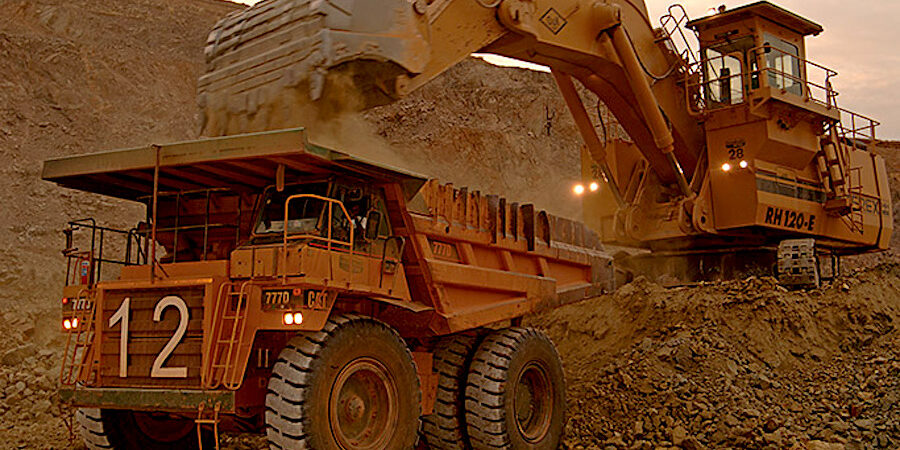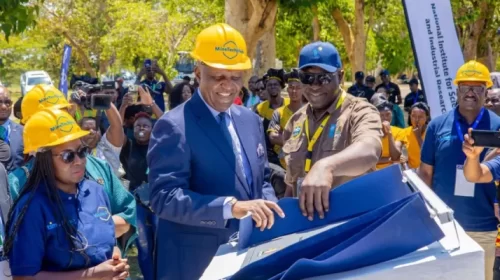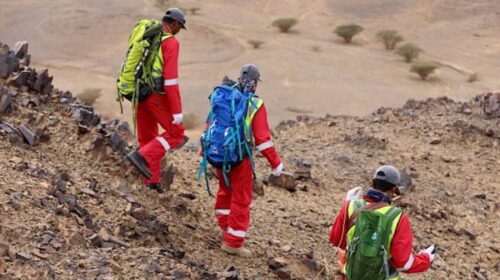How Mining Has Changed Over The Years
The mining industry has undergone many transformations to improve processes, operations, working conditions and safety measures. What used to be a labor-intensive and an unsafe occupation is now seeing innovative…
The mining industry has undergone many transformations to improve processes, operations, working conditions and safety measures. What used to be a labor-intensive and an unsafe occupation is now seeing innovative discoveries being applied to various sectors of the industry. The following are some of the major advancements that modern mining enjoys:
- Material deposit-tracking
Previously, more time and a larger workforce were required to survey potential locations. Now, mining companies are using a combination of advanced equipment, soil samples, and chemicals to locate coal, gemstones, and metals that are lodged deep within the layers of the earth. The technology used is called Mobile Metal Ion Geochemistry, or MMI, which successfully predicts the material deposits in a landscape.
- Modern heavy equipment
Modern mining also uses heavy machinery to dig, excavate, move, crush, and sort through the rubble. Miners are receiving updated training, to learn how to handle these machines and tools safely and smoothly. Machinery made it possible to streamline operation, with fewer people and minimal danger.
All FortisHD heavy equipment and replacement parts can be used for specific purposes, including both underground and surface mining. Companies delivering heavy equipment parts are ensuring components that can withstand heavy-duty work. The equipment most commonly used includes the following:
- Drills – creating holes to unearth rocks and minerals underground. Advanced mining drills are operated without a workforce, as they’re also used to place explosives that loosen material from the ground. Examples are the electric and hydraulic drilling rigs, which are bigger yet produce more accurate results.
- Earth Transporters – moving rubble at a faster pace wouldn’t be possible without heavy-machinery, such as bulldozers. Bulldozers complement other heavy-machinery like excavators in handling and removing material waste, as well as segregate deposit materials. Bulldozers are also responsible for clearing paths which would otherwise take significantly more time.
- Explosive Tools – the use of explosives in the mining industry isn’t new, but the current technology is used to create a controlled blast, loosening rock and mineral deposits from the earth. Unwanted material becomes easier to remove with automatic drill rigs, and excavators carry out the resulting debris of the explosion.
- Crushing Equipment – crushing machinery is used to reduce material to a manageable size, often for transportation. Crushing equipment is vital to operations, as it minimizes the cost of moving larger material and maximizes available space.
- Feeding And Conveying Equipment – the feeding equipment controls the flow of material into the crusher. It helps to provide an efficient mining process, especially if the material requires secondary crushing. Elemental cross-belt analyzers are built into these weighfeeders, which track production output or inventory to aid in efficient management. Flow measurement systems track material quality by following the measurements of the free-falling material.
- Women on-site
During the 80s and the 90s, women who were given operational roles had to wear clothing that was made for men. Camp accommodation was also mostly reserved for men. The mining industry is currently still lagging in gender equality, but some companies are beginning to discuss diversity policies. Some have also started to implement a childcare facility for mothers’ working operations. In a sector which values innovation so highly, the mining industry needs more women. Mining companies must expand their horizons on hiring women if they wish to be more competitive.
- Utilizing geo-metallurgy
Geo-metallurgical processing comes after the mining processes. This allows the miners to manage the mine, and to create predictions within its lifetime. Production becomes uncomplicated as more information is gathered about the kind of material, how to process it better and what to expect for future productions. There are many consulting firms that offer geo-metallurgy services, such as planning, operational support and improvement.
- Mobile access and technological application
Information and communication are vital to efficient management and operations. What used to be carried by mouth alone is now made much faster through mobile messaging. Companies can now deliver important data to workers more efficiently, which has a positive impact on productivity. Fast and smooth communication minimizes production delays. Mobile messaging is also vital to the workers’ safety, as those near dangerous areas or situations can send a warning to others.
- Exploration drones
Drones are not just for taking photos of your next trip anymore. Some models are made to withstand impact from obstacles, and can explore underground mines and ongoing operations. Heavy-duty components and advanced technological features make them more durable, and their stability remains after the collision.
- Cloud technology
Mobile phones are for more than accessing your messages nowadays. The workers are learning to use cloud-based storage to access information anytime they need it. At the same time, protecting said information means adopting efficient security measures; these include strict implementation of safety measures, such as non-sharing of passwords and other sensitive details to those who have no authorization.
- Automation technology
Underground ore carriers are now automated to take the people away from the danger. These automated moving vehicles are designed to operate 24 hours a day carrying ore through their programming. They also feature radars and scanners to move through dark and enclosed spaces, where breathing can be problematic. Driverless vehicles reduce the number of workers and thus the cause and effects of accidents.
- Predictive maps and map designation
Some companies are developing mapping strategies and products that also help to predict minerals and rocks’ locations, by relying on other locations of mineralization. The process uses fuzzy logic and neural networks, types of artificial intelligence; they trace locations that have strong geochemical similarity to existing mines, for more accurate results.
Apart from determining location, Ministère des Ressources Naturelles et de la Faune du Québec also developed a software application that allows users to acquire mining titles online. Companies in Quebec can purchase mining claims at the website.
In conclusion
The mining industry was considered to be one of the most dangerous for quite some time, which is why those in the industry have made so many improvements over the last few years. Technological advancements were brought in as a necessity to make operations safer for workers. Innovations were also applied to make operations more efficient and low-cost, while improving conditions. Though the changes made are significant, there’s always room for improvement, and globalization never sleeps.
![]()






